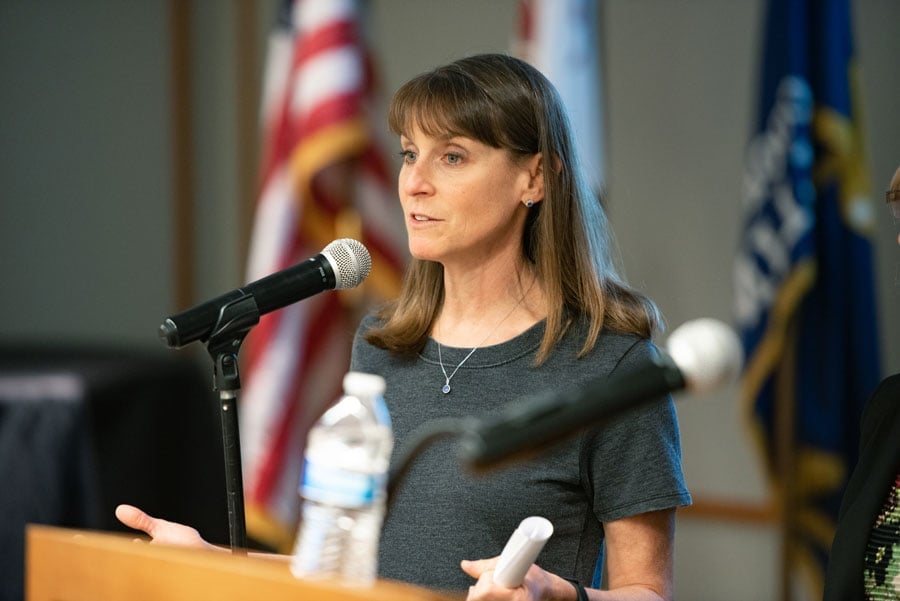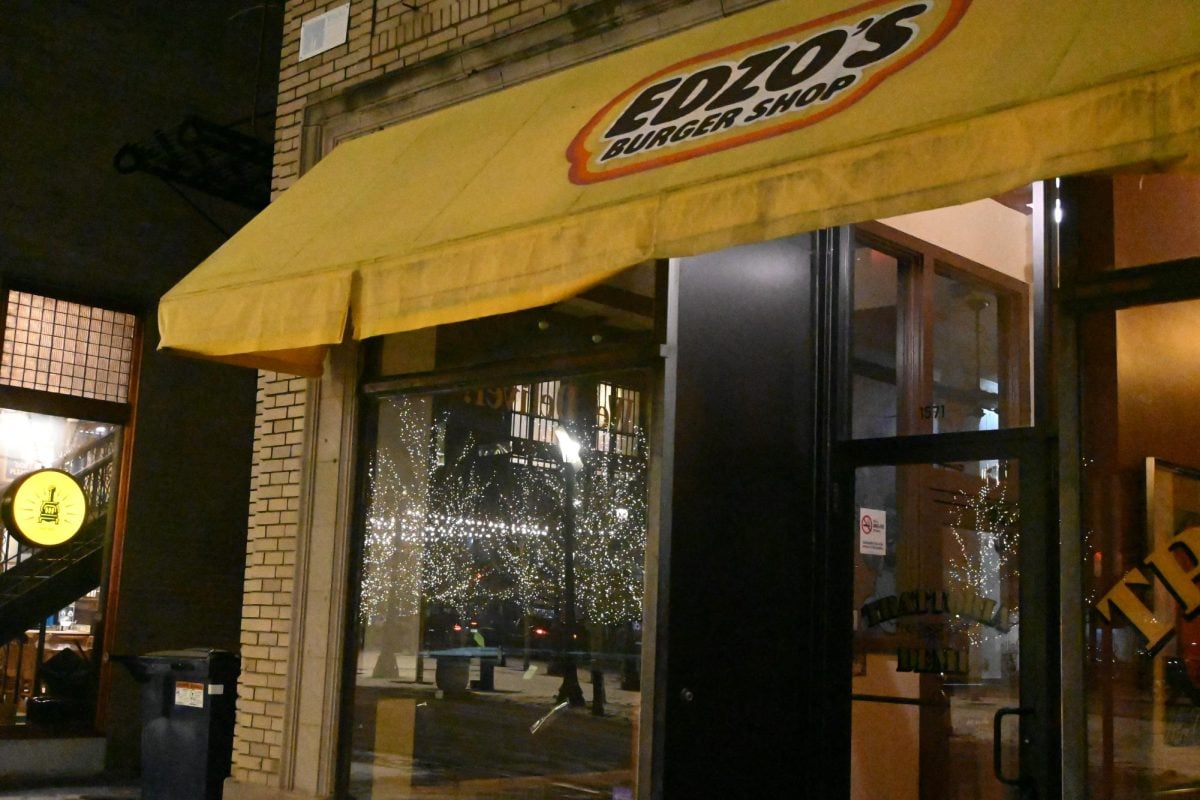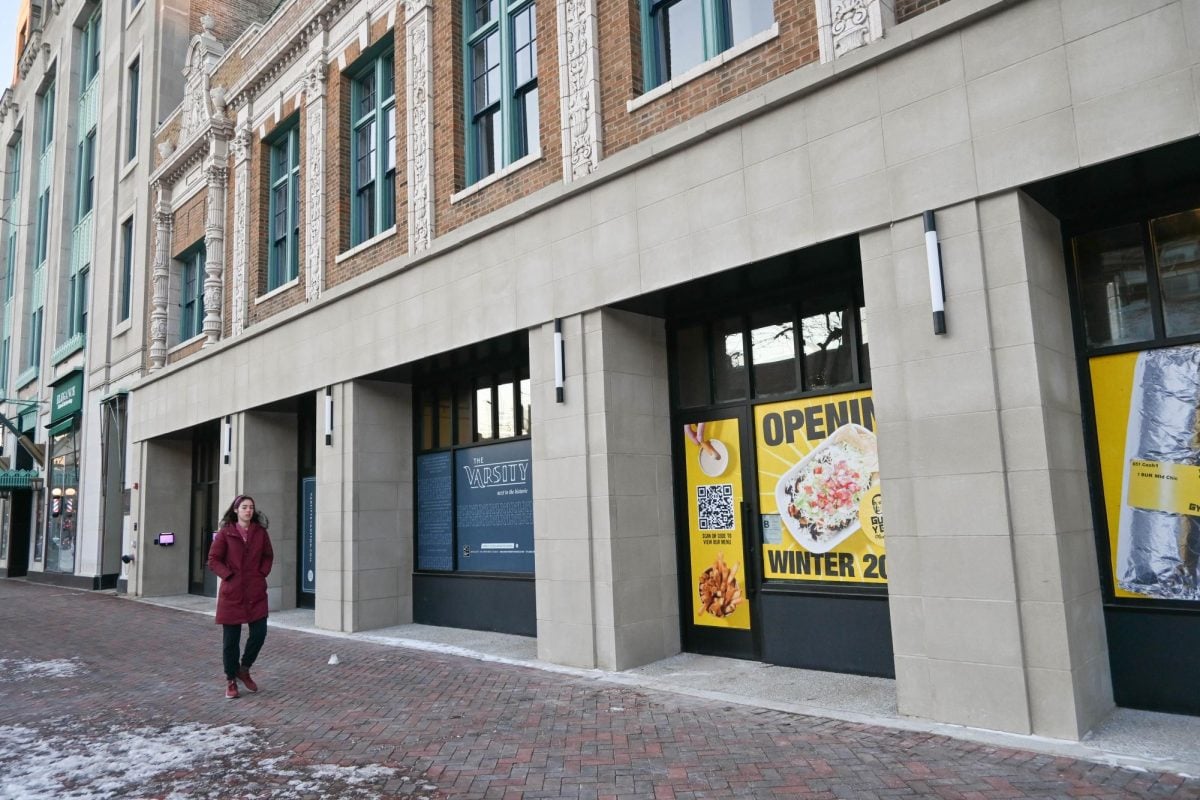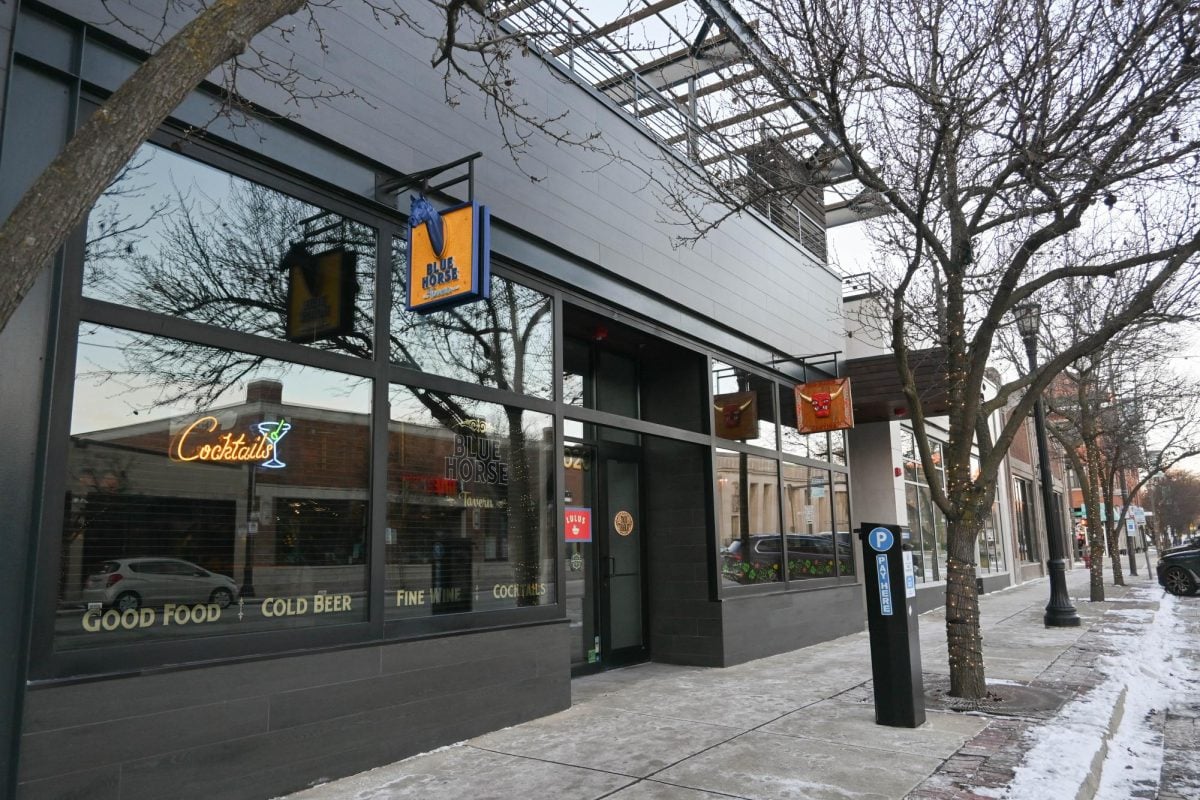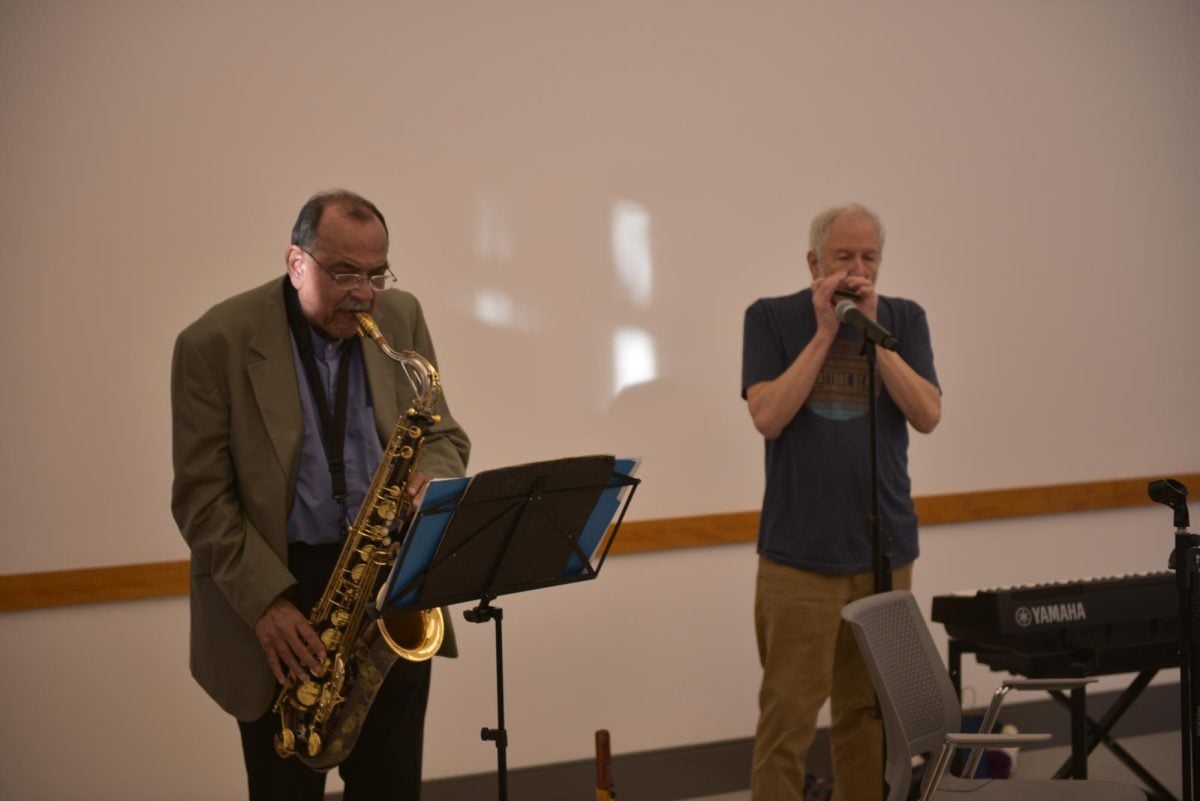Many Evanston residents criticized Envision Evanston 2045 on Thursday at a 1st Ward meeting, calling its adoption timeline rushed.
The controversial Envision Evanston 2045 comprehensive plan and rezoning overhaul outlines a 20-year development plan for the city, emphasizing changes in housing, parks and transportation.
Residents took particular issue with the plan’s adoption process, its housing policies and its alterations to the zoning code.
The project launched publicly last February at a public engagement event, and the city initially aimed for its full adoption by this March. Some residents are concerned that the comprehensive plan and rezoning measures are being considered concurrently.
“As a council, we never actually voted on a deadline,” Ald. Clare Kelly (1st) said. “It’s just sort of embedded in the consultants’ contracts, but we didn’t actually vote on that. I feel like it’s just way too rushed.”
On Monday, City Council will mull over Envision Evanston’s timeline. But already, some residents, including mayoral challenger Jeff Boarini, have accused Mayor Daniel Biss of rushing the process for political purposes.
Some residents who spoke at the meeting said the process should not wrap up before the municipal election on April 1.
They added that they wanted more time to express their discontent with the plan’s policies, particularly its suggestion that there should be numerous tall buildings in downtown Evanston. The plan would allow rezoning measures to accommodate this change.
City Environment Board member Gul Agha said building more high-rises downtown would cause sizable greenhouse gas emissions.
“The electricity use per square foot of floor space is two and a half times higher in a building that’s 20 stories and up, as opposed to six stories and lower,” Agha said, citing research from his analysis of multifamily housing buildings in Evanston.
Attorney Daniel Lauber criticized the draft’s elimination of single-family zoning, saying it would pose an issue in a city that adjoins a university.
Lauber said he’d prefer spacing distance, which would require multiple multifamily residences to have a set distance between them.
“People in Evanston who think they can build themselves out of the affordable housing crisis are deceiving themselves,” Lauber said. “They are delusional.”
Throughout the meeting, attendants stressed the need for increased participation in the program from the wider Evanston community. Kelly said initial surveys suggest only 3% of Evanston residents have engaged with the Envision Evanston program, which is “too low” for Evanston.
David Galloway, vice president of the advocacy group Design Evanston, closed the meeting with a warning.
“This process is flawed. The current comprehensive plan is a failed document,” Galloway said. “It does not address specific circumstances that relate to our Evanston. You need to get in touch with your aldermen.”
Email: [email protected]
Related Stories:
— Odds and ends from 2024, an eclectic year in Evanston goings-on

